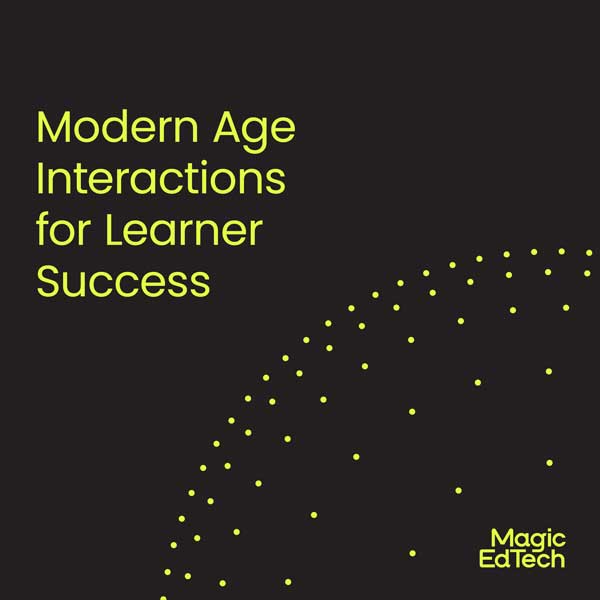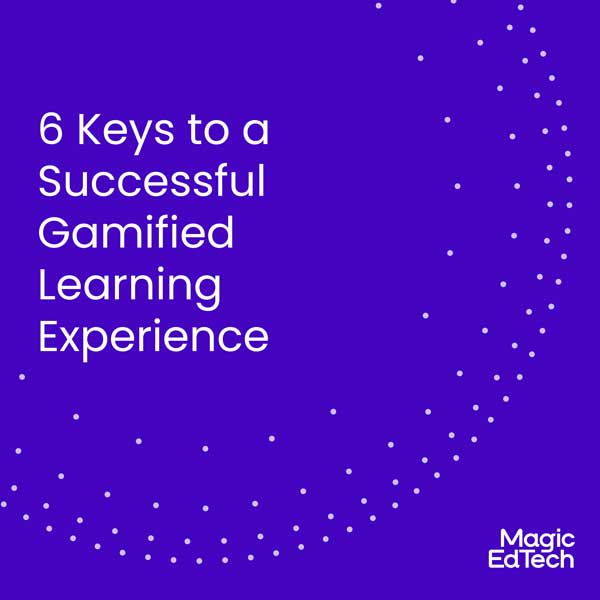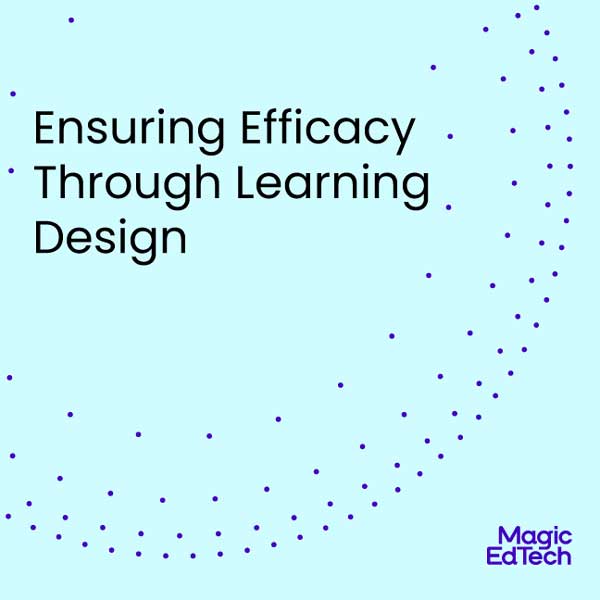Innovative Ways to Use AR & VR in Learning in 2023
- 20 December, 2022
- Reading Time: 5 minutes
How do you prepare students for the workforce of tomorrow? Skill development and getting students ready for the workforce. Augmented reality (AR) and Virtual Reality (VR) in learning are great ways to prepare students. These immersive learning experiences allow students to experience real-life scenarios virtually.
To explain complicated concepts better, AR & VR training can go far beyond the realm of possibilities of what they could actually experience in person. AR and VR typically have digital content that produces a physical representation of either real-world experiences or made-up experiences. AR and VR are appropriate in all classrooms from k-12 to medical schools because of their advantages.
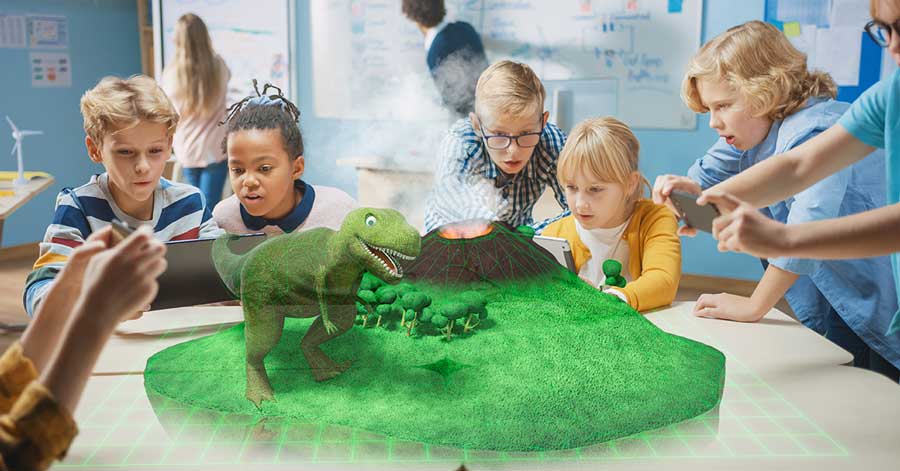
How can Immersive Learning Experiences help?
VR and AR remove physical barriers for students by presenting a scenario to the learner right then and there. These tools are invaluable in allowing the students to experience these situations in a very realistic yet fail-safe environment. This fail-safe environment is crucial to a lot of AR and VR lessons because it allows the student to understand the negative effects of a specific situation without those negative effects actually unfolding. Witnessing how scenarios would play out in both a negative and positive light is important in learning some concepts such as medicine. Say medical students were learning about patients becoming unresponsive during a procedure, they would have to know what the proper course of action would be, however, there are very few ways of replicating that situation without actually putting a patient in harm’s way which is where the beauty of VR and AR come in.
7 Areas where Virtual Reality can Supplement Learning
1) VR for Medical Students
Virtual Labs can be a wonderful resource for Medical students, offering an introductory course to help them understand human anatomy without needing a cadaver. When using VR solutions, students can learn how different organs interact with each other. Students also have the ability to tour through parts of the human body like bloodstreams, cells, organs, and much more. Students can also encounter procedures and high-risk situations without facing any real repercussions. These same practices can be applied to veterinary students as well to give them a more in-depth view of different animal anatomies.
2) Environmental and Space Science Exploration with AR and VR
Students can experience environmental science through AR and VR. they can experience immersive learning for natural disasters and climates that may differ from the environments in which they live. Students can also have hands-on experience with things like galaxies, planets, and the night sky. In this way simulations are much more impactful than traditional learning materials such as textbooks because students can actually explore their surroundings and see things that wouldn’t be possible otherwise
3) Virtual Reality in Art Class or English
AR and VR simulations can even be used in contexts like art class. In art classes, AR and VR can be used to show students famous pieces of art like paintings or sculptures close up.
It can be used to teach traditional subjects in school too, take English for example. AR and VR can help students enhance their creative writing skills by helping them see the place that they must rewrite about therefore helping them develop the descriptive language they would like to use and contextualize it properly.
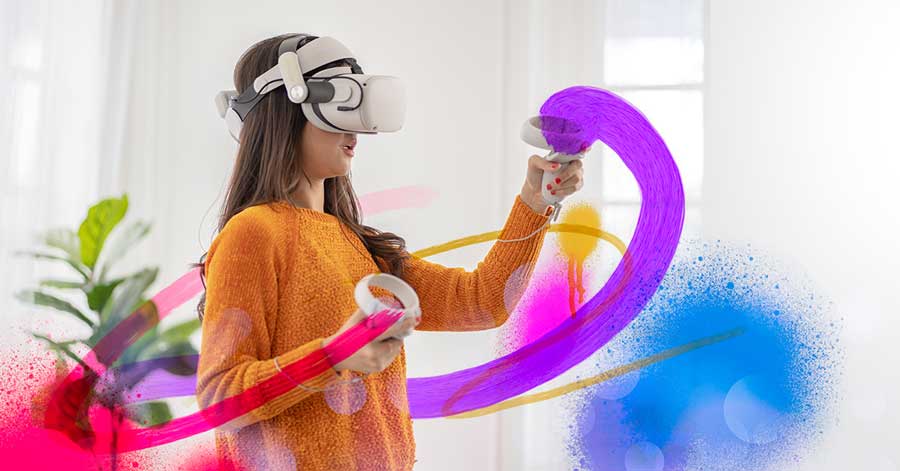
4) Improving Public Speaking and Social Studies
In scenarios like public speaking VR and AR can be used to make a virtual crowd so students can practice their speeches and experience speaking among large audiences. Students can also gain experience with real-life historical events via VR and AR to get a better grasp of what the conditions were like for the people that lived through them. Virtual Reality content has been created to better represent events like the holocaust and civil war to students. In this way, students receive a much more realistic view of what has happened throughout our world’s history.
5) Applications of VR in Military Trauma Recovery
The applications of immersive learning modes can be used far beyond the classroom as well. VR and AR have been used on military veterans who suffer from extreme stress after undergoing traumatic experiences. In these AR and VR sessions, physical settings and even smells can be recreated and used as a form of exposure therapy. In this scenario, VR desensitizes the veteran from being triggered by environmental factors like those in the future.
6) VR Implementation to Improve Psychotherapy Results
VR can also be used in Psychotherapy in many ways. In some cases, VR is used for someone to literally walk a day in someone else’s shoes and see what that feels like. In these programs, patients can understand another thought pattern or build empathy for people who are unlike themselves.
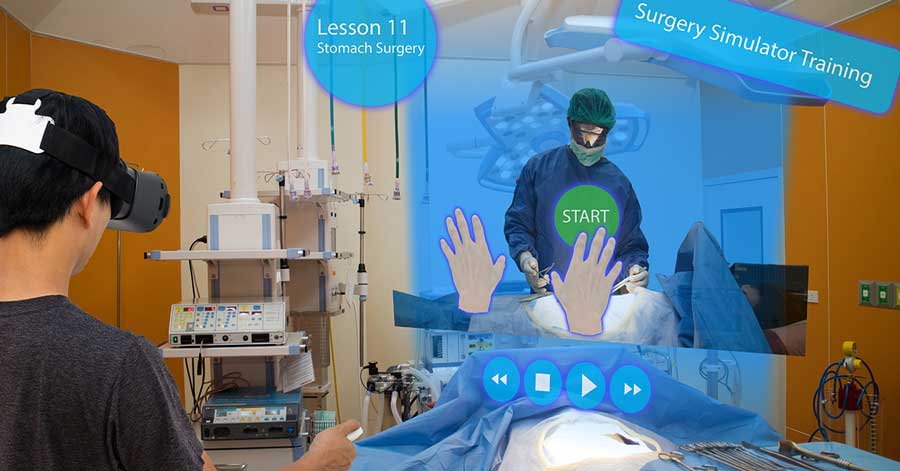
7) Using VR to Ensure More Accurate Journalism
VR can be utilized in fields like journalism too. A journalist can use VR to be instantly transported to a time, place, or event in order to create a more accurate report. In this way, immersive technology amplifies what we can do in a normal capacity.
Conclusion
VR and AR can be used to teach learners concepts in new and more engaging ways than ever before. That engagement piece of VR and AR are key, because when students are engaging with content that’s when they are really learning, processing, and intaking knowledge. AR and VR also allow students to learn beyond the lesson via exploratory learning where students use their own natural curiosity to understand the concept in more depth. It is plain to see that VR and AR are invaluable for many reasons but mainly for sharing access to educational opportunities that would otherwise be limited for students.


